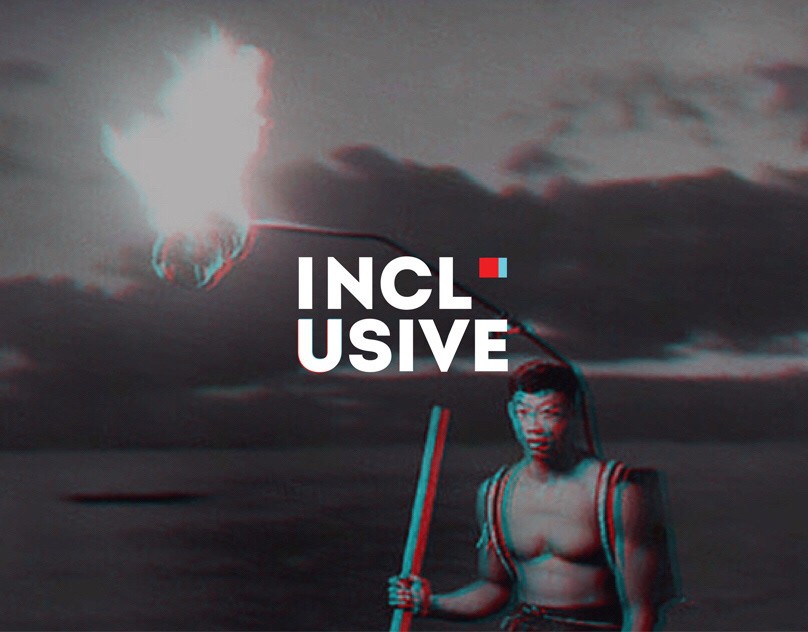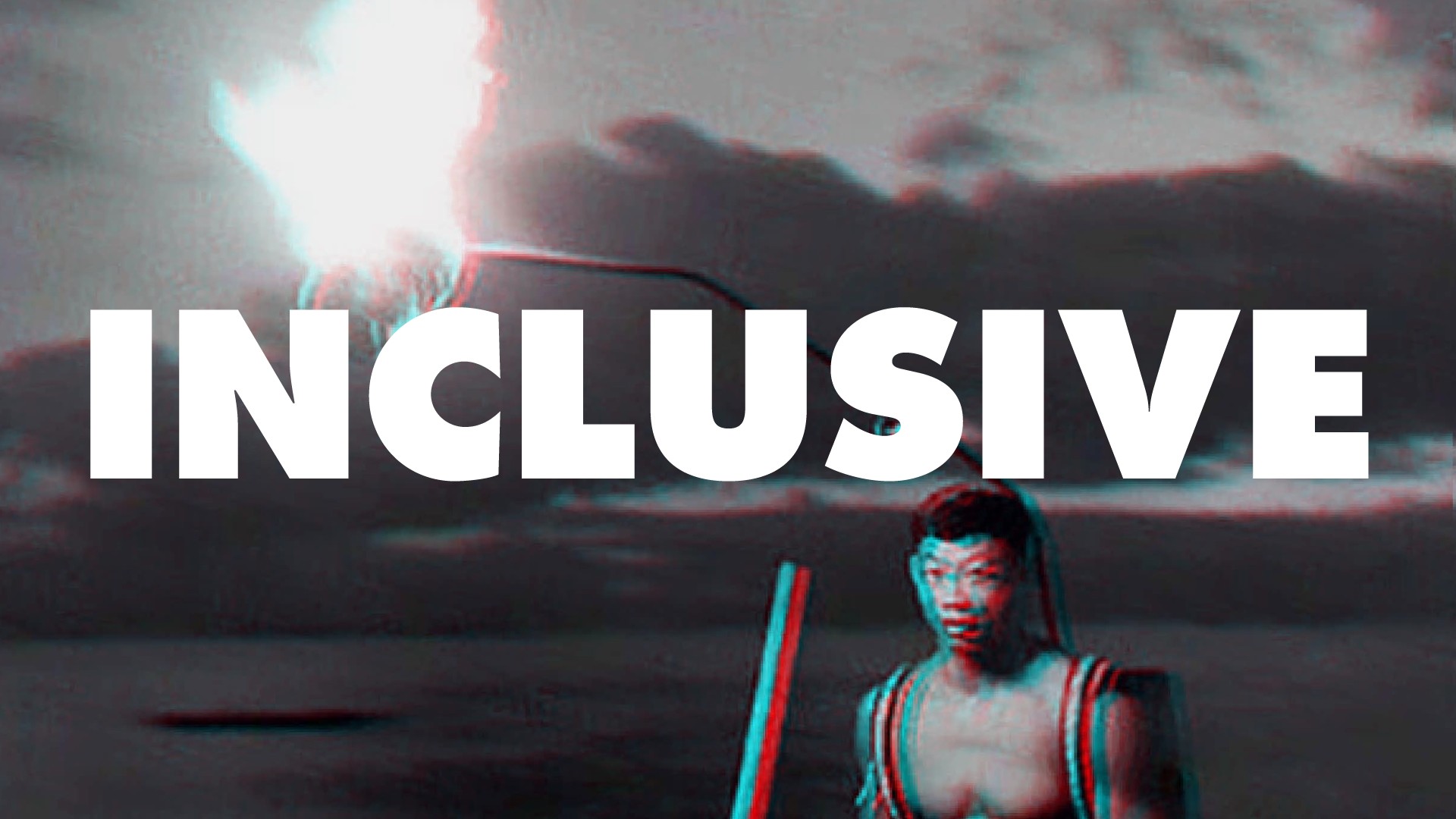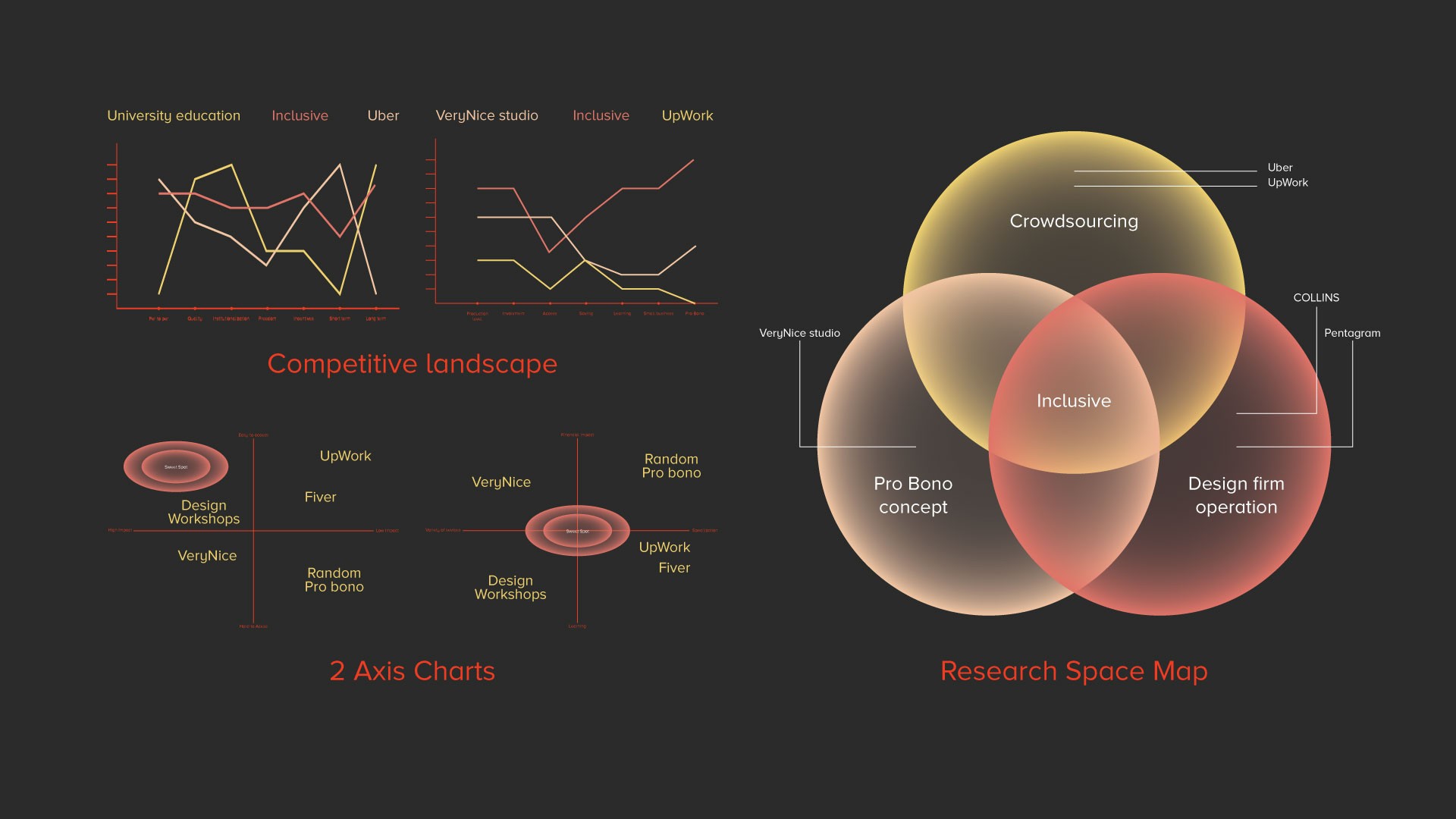Strategic Design
2021
NGO's
Inclusive is an innovative shared economy platform dedicated to transforming the relationship between emerging designers and businesses, particularly startups and NGOs. It offers a mutually beneficial system where designers gain invaluable experience and build their portfolios by working on real-world projects, while businesses receive high-quality design services without the high financial burden. Inclusive operates on the “double half” methodology—where designers double their workload and provide half of it for free, earning opportunities for paid jobs in return.
This cycle not only fosters professional growth for designers but also promotes sustainable development for businesses that would otherwise struggle to afford these essential services. Inclusive is more than just a platform; it’s a movement towards democratizing design and empowering creative talent globally.
Keywords
Human Centric Design
User Interface Design
Visual Design
Brand Strategy
The design industry faces a two-fold problem. On one side, NGOs and small businesses, which often operate on tight budgets, struggle to afford the design and marketing services necessary to promote their causes or products. Global spending on advertising reached $500 billion in 2018, with NGOs contributing a substantial $76 billion to marketing and design annually. This financial strain diverts funds that could be better used to fulfill their missions, whether it’s helping communities, providing housing, or supporting startups in creating jobs.
On the other side, emerging designers fresh out of universities find themselves facing a highly competitive market with limited opportunities to gain practical experience. Without a strong portfolio or work experience, their chances of securing meaningful employment diminish. Moreover, the creative boundaries imposed by traditional work environments often stifle their potential. Designers find themselves in a paradox where their creativity is measured by the money they generate, not the impact they can make through their designs. This disconnect between talent and opportunity has created a gap that Inclusive seeks to fill.
Exhibit A
Exhibit B







